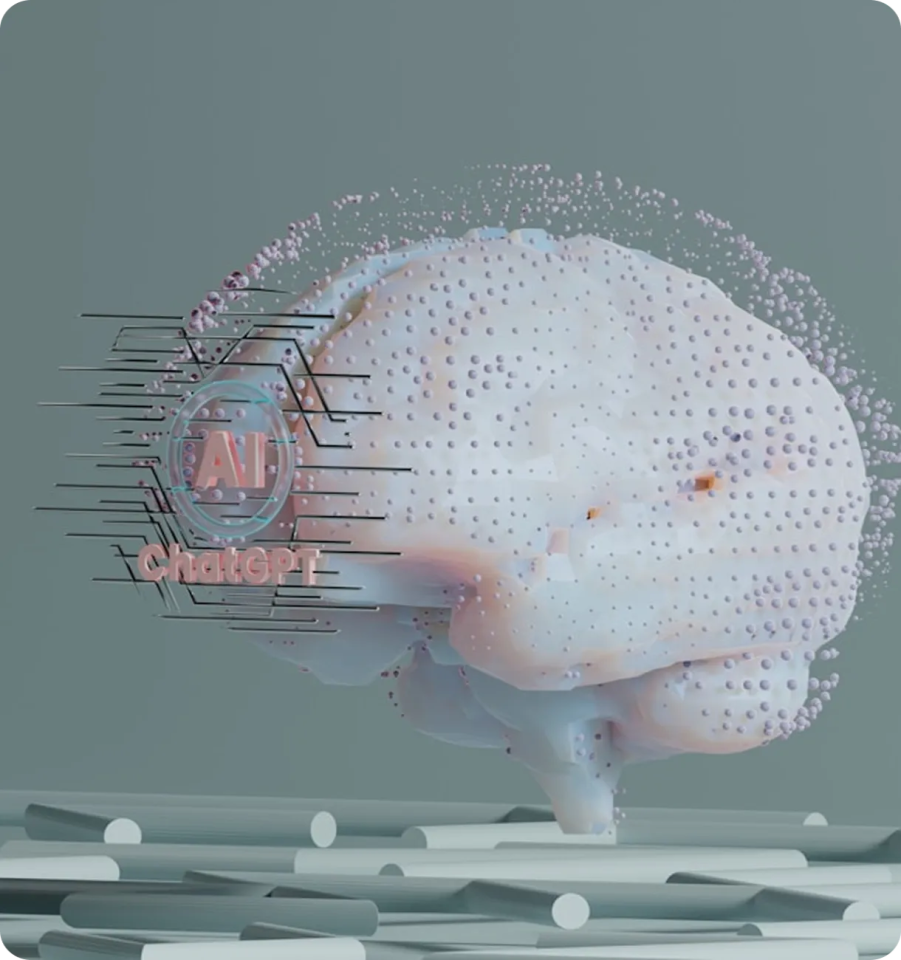Table of Contents
Quality vs Quantity: Can GPT-4 Give Start-ups a Competitive Edge in Talent War?
Executive Summary
GPT-4, with its superior language intelligence and automation capability, can reduce recruitment cycles significantly. But blind adoption without structured oversight can harm candidate experience, brand equity, and compliance. This article will explore the current maturity of GPT-4, and draw a conclusion to the central question: Can GPT-4 be used to scale talent acquisition without compromising fairness, quality, or brand perception?
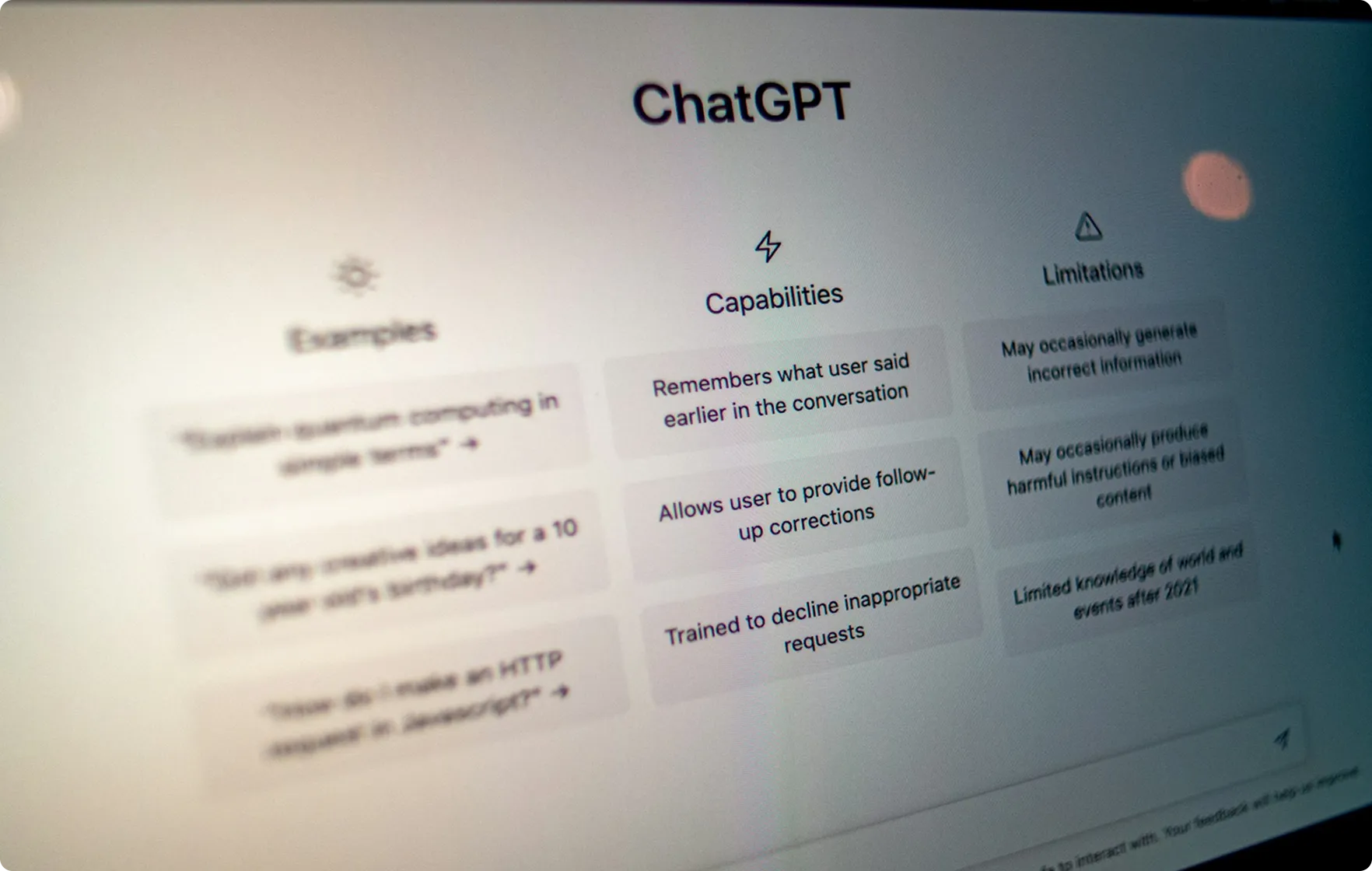
Introduction
Start-ups, by nature, function under compressed timelines and minimal HR infrastructure. According to Lee & Kim (2023), over 68% of start-ups cite “talent acquisition” as a primary barrier to scaling. In general, the recruitment process can be divided into 4 stages:
Stage 1: Employer submits an application, and the HR department determines the job title and other hiring requirements based on the submission.
Stage 2: Development of the ideal candidate persona, such as education, age, and skills, and approves the basic salary and budget salary, thus confirming the final recruitment plan.
Stage 3:Selection of candidates, confirming the channels of notification of the job offer and sending out notifications, and conducting the screening and interview process.
Stage 4: is the recruitment assessment stage, candidates are assessed against the recruitment and the final person is identified.
Often, time between each stage is convoluted by red tapes of bureaucracy, prone to errors and biases. In parallel, large language models (LLMs) like GPT-4 have shown strong performance in automating knowledge-intensive tasks.
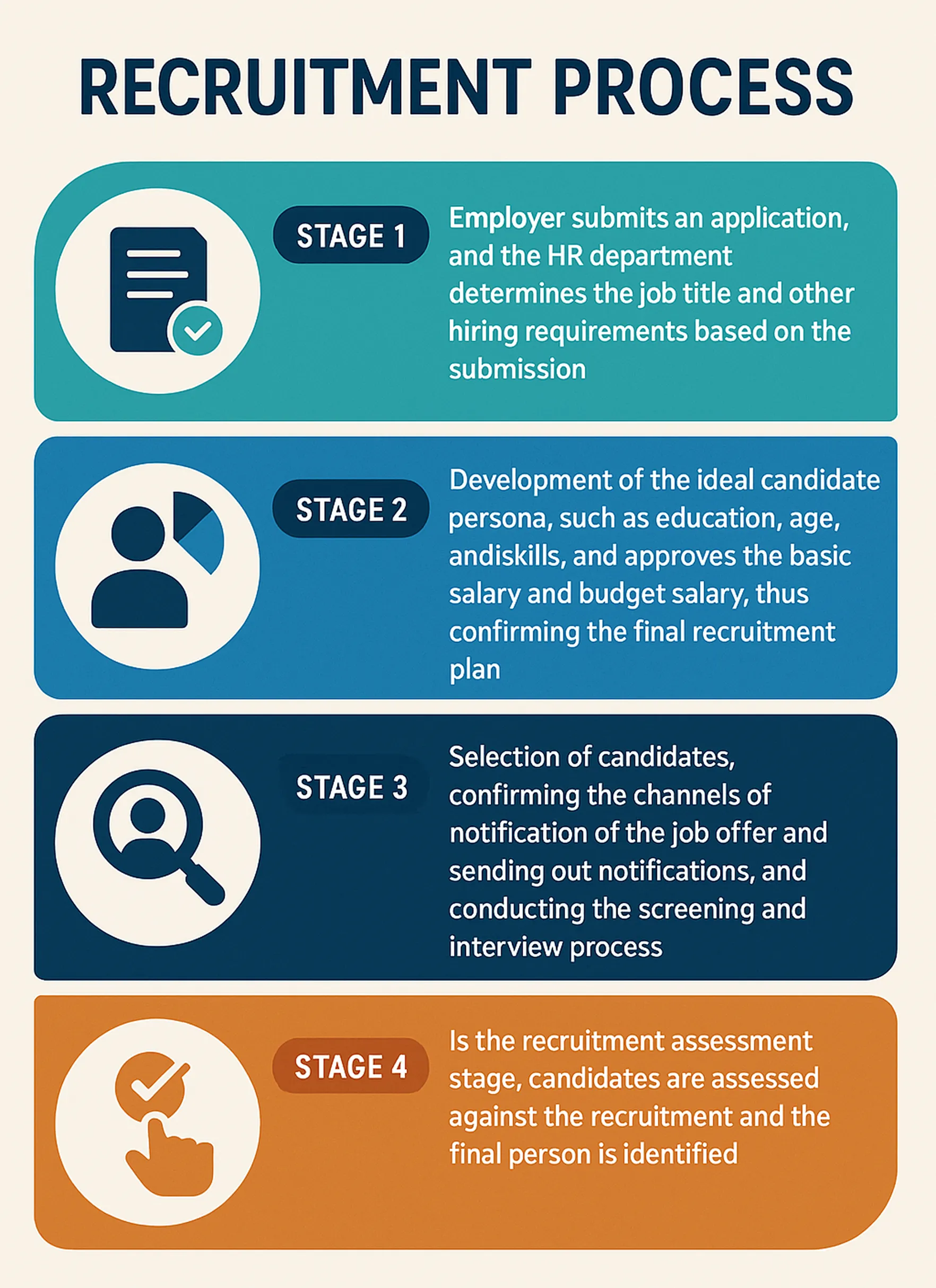
The positives: data reveals less stress and more efficiency
AI contributes meaningfully to several dimensions of the HR recruitment cycle, particularly in early-stage processes where time, consistency, and neutrality are paramount. However, with intelligent Agentic AI, all the four stages can be automated, including conducting and proctoring interview, and sharing personalized feedback via emails. Here is a snippet of the positives:
Operational Efficiency: GPT-4 significantly reduces the burden of repetitive HR tasks. By generating job descriptions, standardizing screening questions, and summarizing candidate profiles, it enables recruitment teams to accelerate pre-screening cycles without compromising quality. In Zhang’s study, AI-assisted processes resulted in a 30–40% reduction in time-to-interview, especially in tech and pharmaceutical domains.
Language Standardization: GPT-4 standardizes language in both internal communications and candidate-facing content. This improves message clarity and reduces misinterpretation. Notably, job descriptions generated via GPT-4 demonstrated higher readability scores and a more inclusive tone, enhancing candidate accessibility and engagement.
Reduced Biases: The Agentic-AI can be trained to not ask certain factors from the candidates, such as gender, ethnicity, disabilities, or socio-economic backgrounds, leading to reduced chances of biases.
Psychological Safety of Candidates: In an interview, candidates are under psychological pressure. The most common form of psychological stress comes from the environmental climate. When a candidate enters an interview room and finds the interviewer with a serious, unsmiling expression and cold eyes, while the room is very quiet and a tense atmosphere pervades the air. Despite the existence of the 'pressure interview', the sudden aggressive questioning by the interviewer during the interview, such as continuous follow-up questions, negative answers and interruptions, can cause some interviewees to be overly stressed and this can affect the authenticity of the interview results.
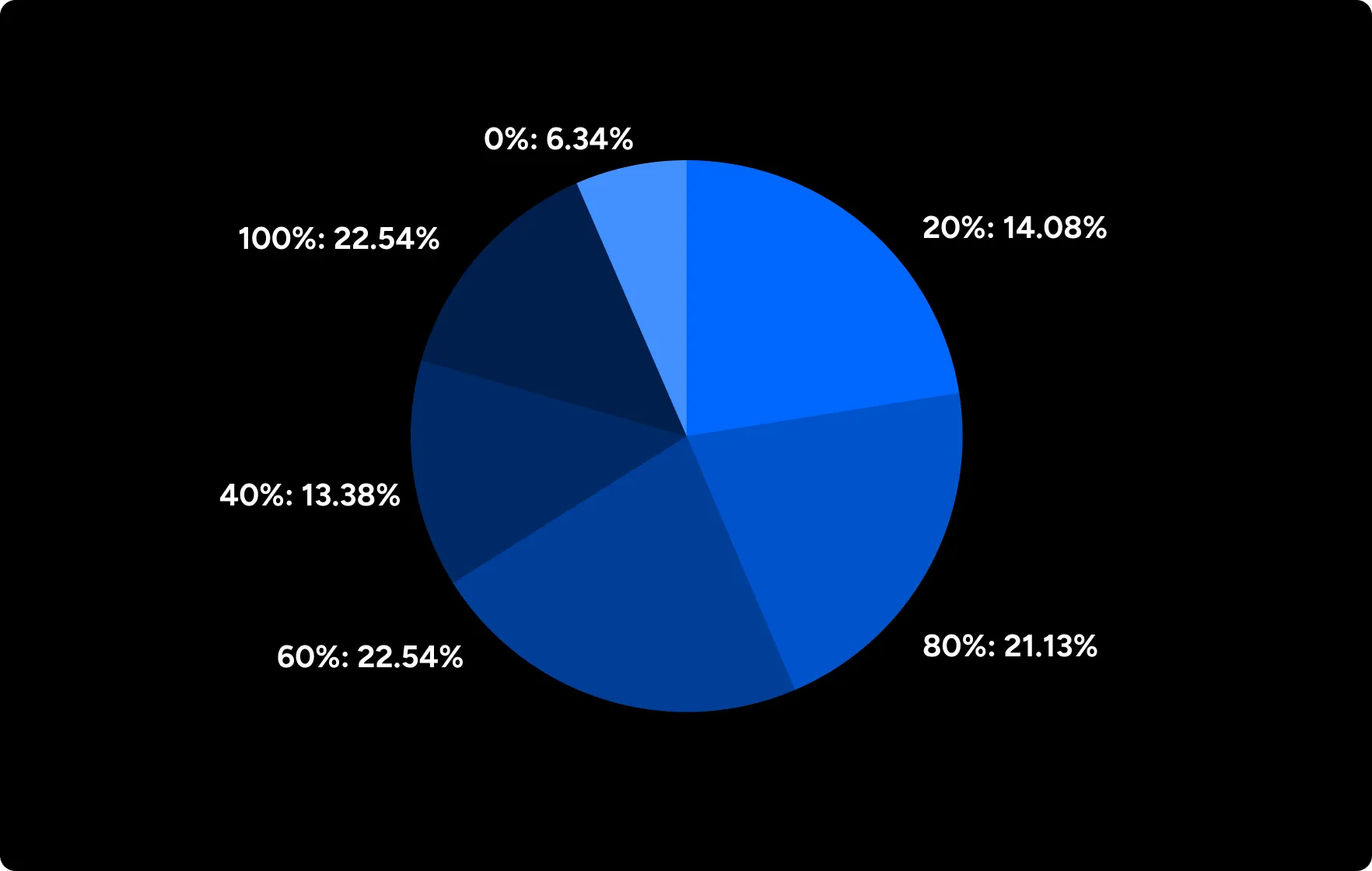
Figure 1: To what extent do you think ChatGPT can relieve the psychological stress of candidates?
In contrast, GPT-4 as a program does not show expressions. When candidates are faced with a programmed interview, the psychological pressure on the candidate will be greatly reduced due to lack of emotions. That will help HR to have a more comprehensive and accurate understanding of the interviewee's capabilities.
The negatives: Can algorithms replace human sharpness?
Psychological Safety, a Double Edged Sword: when people are asked “To what extent do you think ChatGPT can replace certain aspects of recruitment ?”, more people chose “60%”and “40%”, this seems to be a more neutral degree, which shows that there still remain doubts about the ability of AI to do its job. It is also true that ChatGPT has a number of shortcomings that can affect its role in human recruitment.
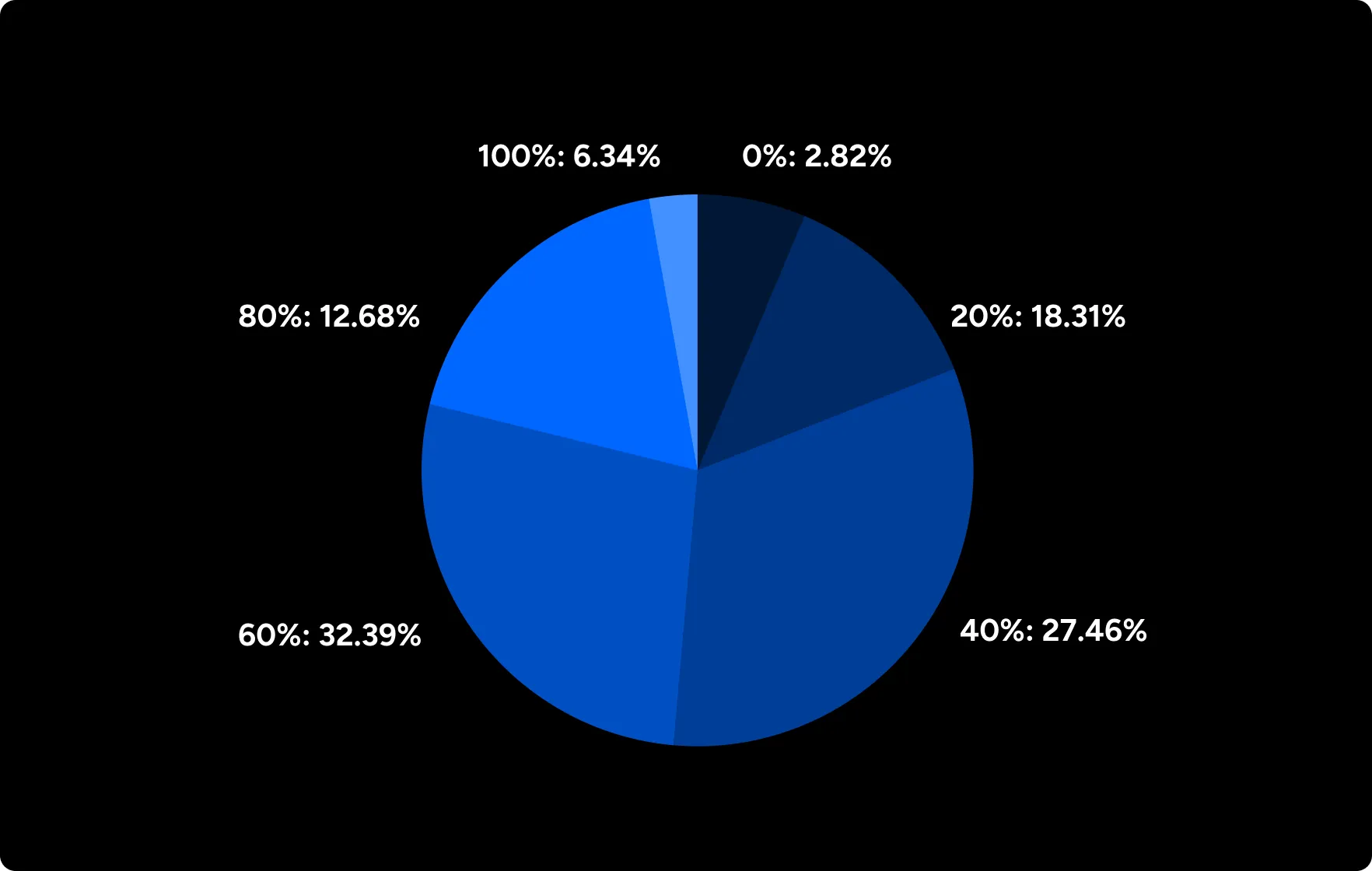
Figure 2: To what extent do you think ChatGPT can replace certain aspects of recruitment?
There are moments during recruitment when human empathy outperforms any algorithm. A candidate may enter the interview space visibly anxious, and an experienced interviewer, through brief, intentional small talk and a posture of encouragement, helps the candidate regain composure. These instances, where the interviewer is actively rooting for the candidate's success, are not anecdotal exceptions; they are essential to equitable hiring.
Embedded Bias: Although GPT-4 has undergone reinforcement alignment to reduce harmful outputs, it remains vulnerable to the bias inherent in its training data. Zhang (2023) cautions that “data-driven automation, when left unmonitored, often reinforces structural discrimination encoded in past hiring decisions”.
Homogeneous Talent: Automated screening systems tend to favor candidates who closely match predefined input parameters. Reliance on AI “may deprioritize non-traditional excellence: candidates who bring strategic ambiguity, interdisciplinary depth, or divergent problem-solving approaches.
Ethical Implications and Mitigation Strategies
Autonomy vs. Delegation
A central ethical dilemma lies in determining which recruitment tasks can justifiably be delegated to AI. While resume screening, job ad generation, and FAQ handling are largely procedural, candidate evaluation and rejection communications carry emotional and reputational weight. GPT-4 should serve as a decision-support layer and not a decision-maker. Mitigation Strategy: Implement a Human-in-the-Loop (HITL) model in which AI-generated outputs, such as candidate summaries, ratings, and recommendations, are reviewed and validated by human recruiters prior to any candidate action.
Bias Surveillance and Demographic Sensitivity
For start-ups, culture can be the focal point to attract top talent. Hence embedded bias can result in distorted rankings, exclusionary language, or culturally insensitive phrasing.
Mitigation Strategy:
- Conduct quarterly audits of GPT-4 prompts and outputs across gendered and racially diverse datasets.
- Use bias detection scripts to test model outputs against known demographic variables (as seen in Zhang, 2023).
- Rotate prompt phrasing and candidate order to measure consistency and detect preference bias.
Transparency and Accountability
GPT-4 operates as a black box—its decisions are based on statistical likelihoods, not rule-based logic. This creates challenges in explainability, particularly in high-stakes scenarios like candidate rejection, regulatory audits, or internal dispute resolution.
Mitigation Strategy:
- Maintain version-controlled logs of all GPT-generated outputs used in hiring workflows.
- Where possible, accompany each output with rationale annotations (e.g., why a candidate was shortlisted or rejected).
- Limit model usage to non-final decision points unless combined with audit trails and human oversight.
The Recommended Solution: Human Insight Meets Targeted AI Expertise
As this study demonstrates, GPT-4 is not simply another automation tool. It represents a paradigm shift in how early-stage organizations can approach recruitment: faster, more scalable, and more equitable. Yet the effectiveness of GPT-4 does not rest on its capabilities alone. The true differentiator lies in how intelligently, ethically, and contextually it is deployed.
Though limited, there are niche Agentic-AI platforms who train GPT-4 to make ethical decisions as a part of product architecture. At Space Inventive, our focus is not on replacing HR functions, but on enhancing them. We design interoperable recruitment pipelines that embed GPT-4 into existing systems, implement human-in-the-loop controls, and track fairness metrics across every AI-assisted decision point.

Frequently Asked Questions:
1. Why is GPT-4 particularly useful for start-up recruitment?
Start-ups often lack large HR teams or structured recruitment pipelines, yet they face high pressure to scale quickly. GPT-4 enables automation of repetitive tasks—like writing job descriptions, screening resumes, and scheduling interviews—while maintaining accuracy and tone. It functions as a cognitive partner, reducing administrative overhead and improving time-to-hire by up to 40%, especially when deployed with proper oversight.
2. What is Agentic AI, and why does it matter in recruitment?
Agentic AI refers to AI systems designed to act with autonomy, goal orientation, and situational awareness—while remaining accountable to human governance. In recruitment, Agentic AI like GPT-4 doesn’t just generate outputs; it adapts to roles, assesses candidate alignment, and supports decision-making while allowing for human override. It shifts the paradigm from “automate” to “augment with intent.”
3. What risks do start-ups face when using GPT-4 in hiring?
Common risks include embedding historical bias or deploying black-box systems without transparency. Start-ups may inadvertently exclude diverse candidates or lose control over candidate communication if GPT-4 is used without clear boundaries. The key is to implement human-in-the-loop checkpoints, prompt governance, and bias auditing from the outset.
4. How does Space Inventive integrate AI tools like GPT-4 into start-up HR systems?
Space Inventive combines deep domain knowledge with technical deployment. Through platforms like Talliant, SharkVision and Intelligent Center, we provide prompt libraries, demographic auditing layers, and plug-and-play GPT integrations with existing ATS or hiring dashboards. Our deployments are governed by fairness protocols and compliance-ready logging—ensuring that AI augments decisions rather than replaces them.
Citations
- Zhang, Li. 2023. The Impact of ChatGPT on HR Recruitment. International Journal of Social Science and Human Research 06(05): 2391–2397.
- Lee, Minseok, and Jiyoung Kim. 2023. Will ChatGPT Bring a New Paradigm to the HR World? A Critical Review. Journal of Future HRM 10(2): 77–89.
- McKinsey & Company. 2025. “Scaling GenAI in the Life Sciences Industry.” January 10, 2025.
Read More

By Triparni Biswas
Sr. Lead Communications & Change Management
Read other blogs
Your go-to resource for IT knowledge. Explore our blog for practical advice and industry updates.
-

-

-
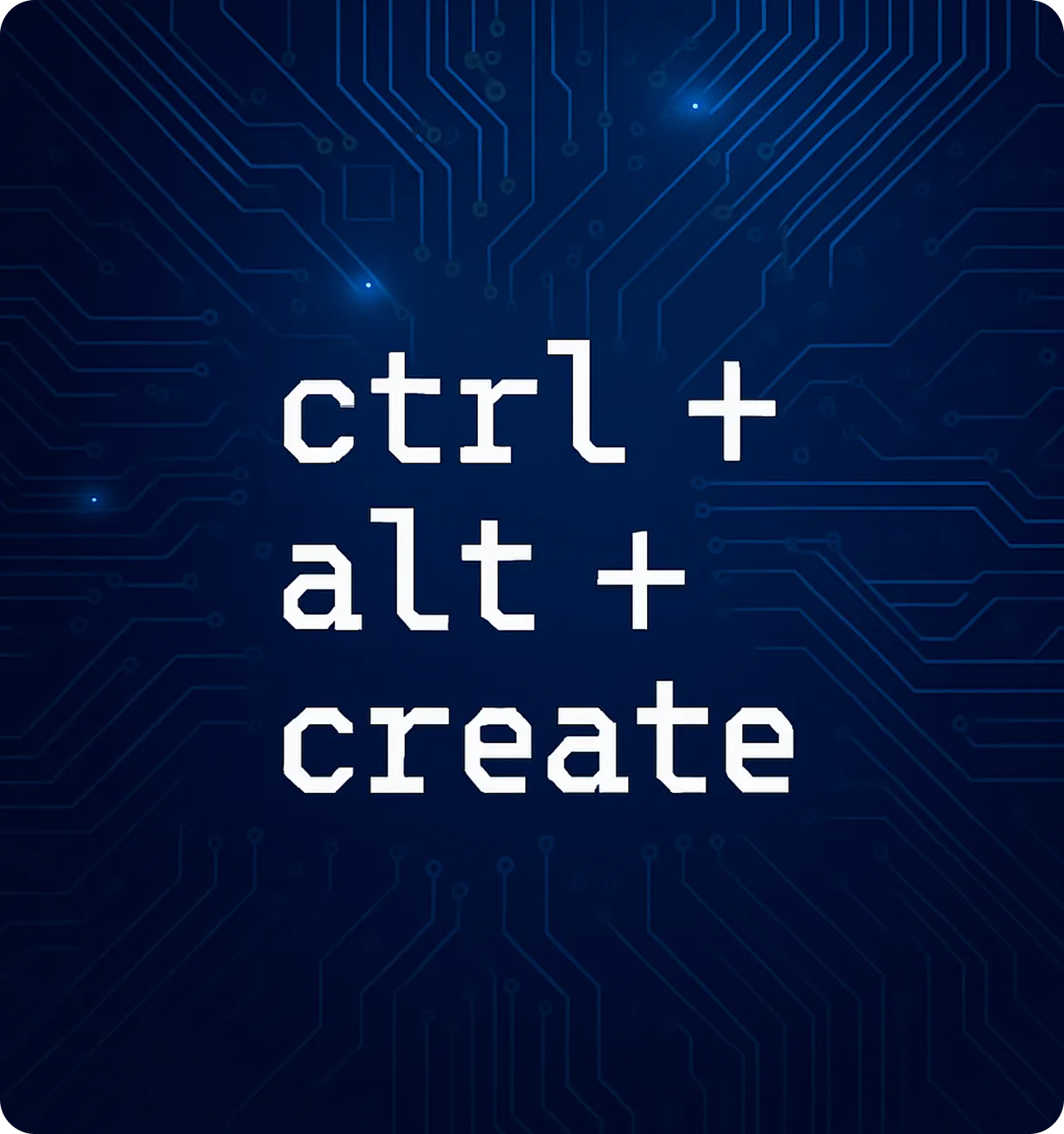
-

Why do Some Brands Feel Like Old Friends, Adventurers, or Mentors?
The Secret Lies in Archetypes.
Read Blog
Discover valuable insights and expert advice.
Uncover valuable insights and stay ahead of the curve by subscribing to our newsletter.

Download Our Latest Industry Report
To know more insights!
















